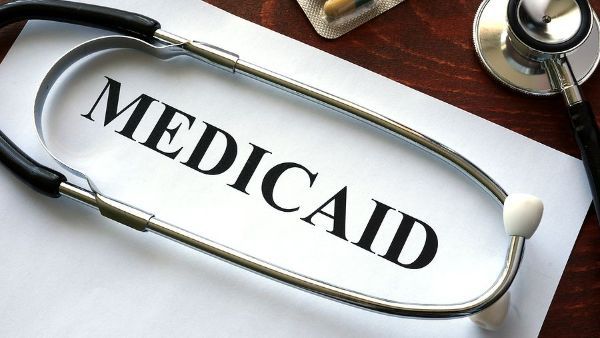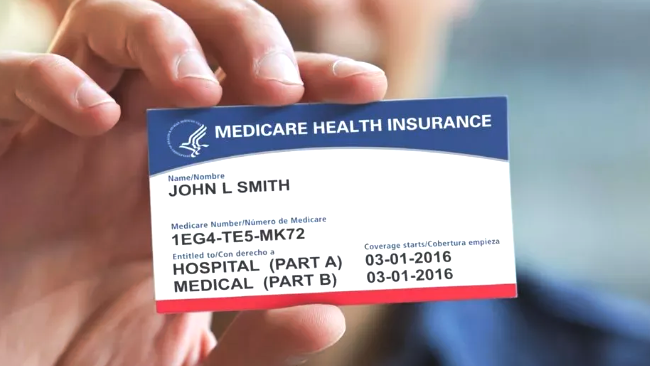How Medicaid Cuts in 2025 Threaten Patient Care
This year, proposed federal reductions to Medicaid funding have been sparking concern across the healthcare industry. The impact of Medicaid cuts in 2025 goes far beyond budget numbers, affecting millions of patients, providers, and communities. While policymakers debate potential savings, understanding how these changes affect patient care is a necessary part of assessing the impact of this decision, as they could leave millions without coverage, destabilize hospitals, and exacerbate health disparities, particularly in rural and underserved areas.
Making Millions at Risk of Losing Coverage
The House-passed "One Big Beautiful Bill Act" includes over $700 billion in Medicaid reductions over the next decade. According to the Congressional Budget Office, these cuts could result in 8.6 million people losing health insurance by 2034. Proposed measures such as work requirements, shortened enrollment periods, and increased eligibility checks could disproportionately affect low-income families, seniors, and people with disabilities.
Notably, many of those impacted are already working or caring for family members, and may lose coverage due to bureaucratic hurdles rather than ineligibility. For some, exploring other health insurance options, such as Medicare plans, can provide a safety net.
These policy changes could also result in higher administrative costs for states responsible for enforcing eligibility rules. State Medicaid offices, which are often already understaffed, may struggle to keep up with the added oversight requirements. This could result in delayed care or wrongful terminations of coverage, creating additional stress and instability for patients.
Putting Strain on Hospitals and Health Systems
Hospitals, particularly those in safety-net and rural areas, rely heavily on Medicaid reimbursements. The proposed cuts would increase the number of uninsured Americans, reduce access to care, and place profound financial pressure on providers. When people lose Medicaid coverage, they often turn to emergency departments for care, leading to higher uncompensated care costs and further straining hospital resources.
Research suggests that discontinuing Medicaid expansion could significantly reduce hospital revenue from Medicaid patients and lead to a substantial increase in uncompensated care expenses. This financial strain could force hospitals to cut services, reduce staff, or even close, particularly in rural areas where alternative care options are limited. This highlights how Medicaid cuts affect patient care by limiting the availability and quality of essential services.
Teaching hospitals and academic medical centers may be particularly vulnerable, as they often provide highly specialized care to Medicaid patients. A loss in funding could threaten research, residency programs, and innovation in patient care, resulting in ripple effects across the entire healthcare ecosystem.
Impacting the Coverage of Vulnerable Populations Disproportionately
Medicaid is a lifeline for many, supporting individuals with substance use disorders and helping to cover a significant portion of births in the United States. Cuts to the program could disrupt access to essential services for individuals struggling with addiction, pregnant women, and children.
For example, in East Texas, a region with high unemployment, many families depend on Medicaid. Proposed cuts could result in the loss of coverage for over 10 million Americans, placing additional strain on already overburdened rural healthcare systems.
Elderly individuals who rely on Medicaid for long-term care services, including nursing home support, could also be severely impacted. Without this funding, many families would be forced to take on caregiving roles, find personal insurance, or face high out-of-pocket expenses. The result could be a growing caregiver crisis in the U.S., especially among working families.
Causing Economic Ripple Effects From Medicaid Cuts
Beyond health care, Medicaid cuts could have broader economic implications. Hospitals facing financial strain may reduce staffing or close, resulting in job losses and a decline in economic activity within their communities.
Additionally, shifting costs to states could force them to raise taxes or cut other services to maintain Medicaid programs. This could disproportionately affect states with limited budgets, thereby exacerbating regional disparities in healthcare access and quality.
In rural and economically distressed areas, hospital closures can be devastating. Hospitals are often among the largest employers in small towns, and their closure can impact not just health outcomes, but also real estate values, school funding, and local businesses. Medicaid’s reach is not just clinical—it plays a foundational role in supporting community infrastructure. This underscores the broader impact of Medicaid cuts in 2025 on both health and economic stability.
What You Can Do To Mitigate the Impact of Medicaid Cuts
The proposed Medicaid cuts have far-reaching implications for health care access, hospital stability, and community well-being. Understanding how Medicaid cuts affect patient care is key to advocating for policies that protect Medicaid and the millions who rely on it. As the Senate considers this legislation, it's important to stay informed and engaged. Reach out to your senators to express concerns and support measures that preserve access to care.
You can also support local health coalitions, community health organizations, and nonprofits that work to expand access to care. Every effort helps ensure vulnerable populations are not left behind as policy debates unfold.
If you’re concerned about how these changes may affect your health coverage, Sackett & Associates Insurance Services has licensed brokers who can offer expert advice.
Contact us today to explore your options for health insurance and get guidance tailored to
Share This Post
Taking The Pain Out Of Health Insurance
We make it simple to find the right insurance plans for your needs
In just a few quick steps.






